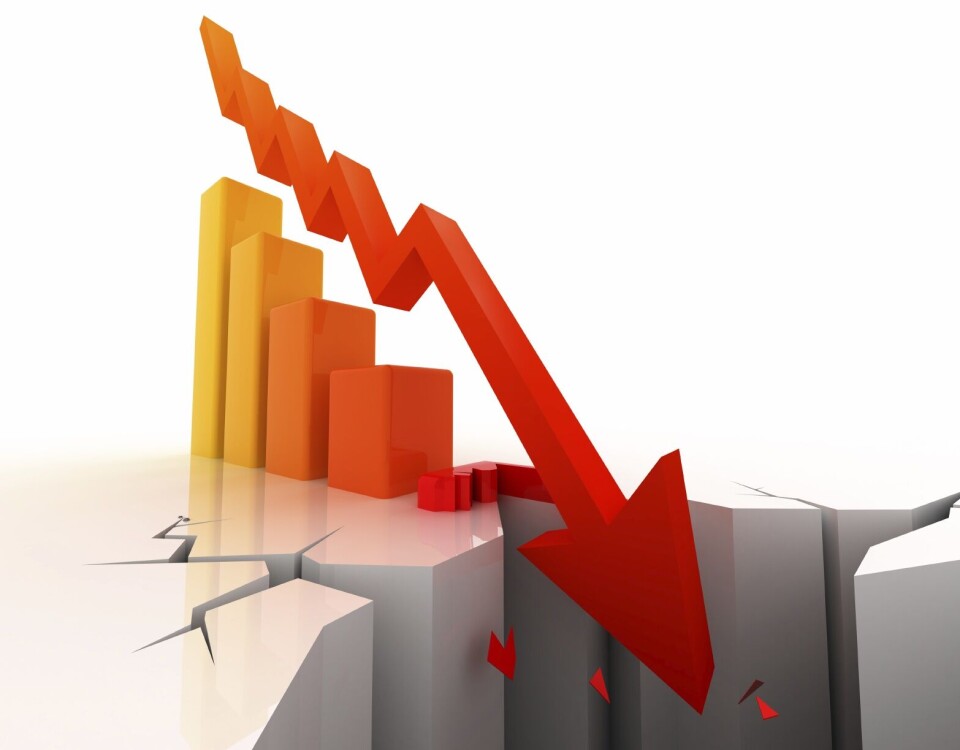
Three month price slump
However, the current average price, published by the analyst company SalmonEx, is similar to the same week of 2012, when there was a glut in supply due to the recovery of Chile's salmon industry after the ISA crisis.
This scenario continued until early November 2012, when the Chilean Trim D fell to its lowest average level in the past three years: US$ 3.03 per lb. (US$ ~6.68 per kg). That year, the global supply of Atlantic salmon grew by 22% over the previous year.
After that, the market witnessed a low overall growth in the global supply, outstripping demand, which according to several analysts increases at a rate of 5-9 per cent year on year. As stated in SalmonEx statistics, Chilean Trim D fillets remained at almost US$ 5 per lb in the following months, with peaks of US$ 5.61 per lb (US$ ~12.37 per kg) and US$ 5.45 per lb (US$ ~12.02 per kg) in June 2013 and May 2014, respectively.
Subsequently, in early August last year, the Russian embargo on agricultural imports from several Western countries, led to a fall in average prices from Q3 2014, due to the reallocation of salmon that originally had Russia as target market.
This, coupled with the weakening in the exchange rate of various currencies from both salmon producing and salmon consuming countries, seems to have significantly contributed to the decreased average price of Chilean Trim D, which have now spend 9 weeks below $4 per lb in the US, the main consumer of this variety.
Likewise, the Trim C 2-3 lbs (like Trim D but with the skin still attached), has been below the ten-year average for the last three months.
The moment when this negative trend started, in mid-March 2015, coincides with the Seafood Expo North America - when Costco, the second largest retailer in the US and the third globally, announced its intention to replace Chilean product with Norwegian salmon.






















































